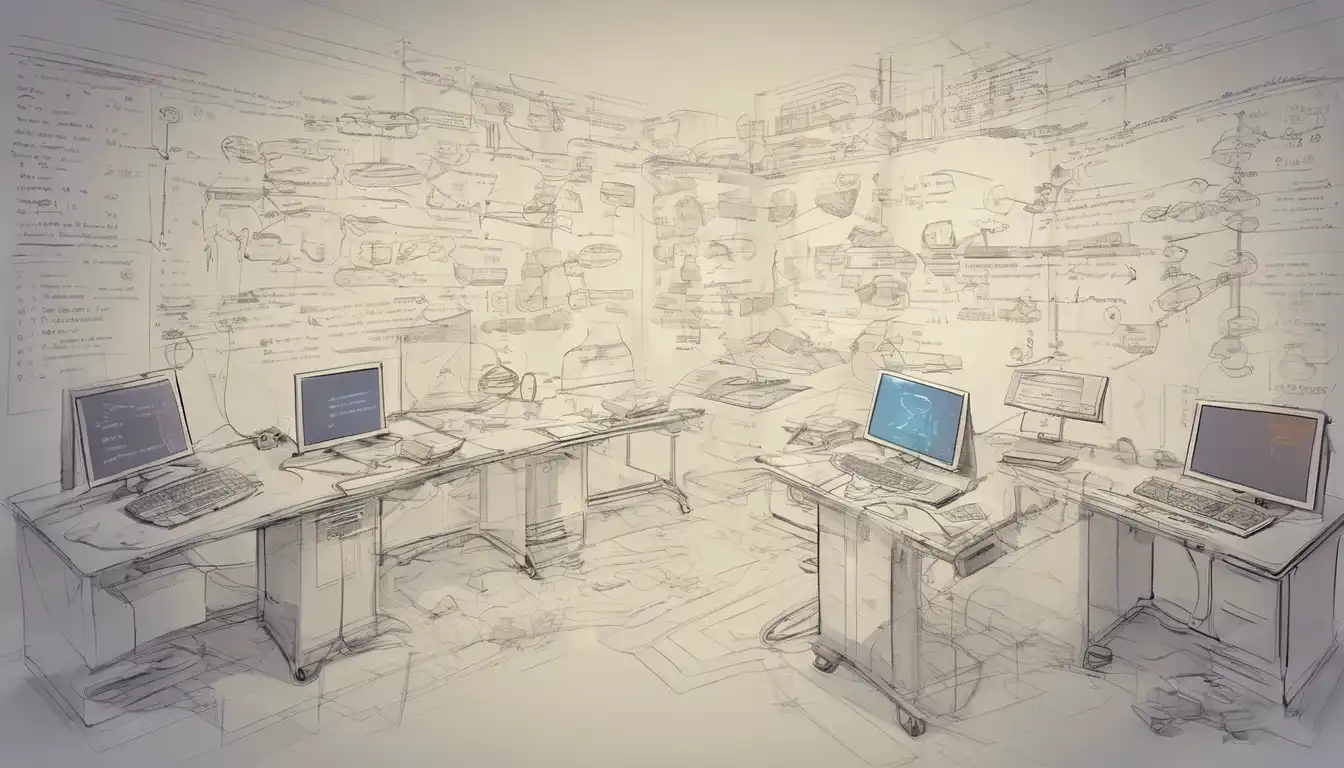Introduction to Software Engineering Principles
Embarking on a journey into software engineering can be both exciting and overwhelming for beginners. Understanding the foundational principles is crucial for building robust, efficient, and maintainable software. This guide aims to demystify the core concepts and practices that every aspiring software engineer should know.
1. Keep It Simple, Stupid (KISS)
The KISS principle advocates for simplicity in design and implementation. Avoid unnecessary complexity to make your code more readable and easier to maintain. Remember, the simplest solution is often the best one.
2. Don't Repeat Yourself (DRY)
DRY is a software development principle aimed at reducing repetition of information. By abstracting shared functionalities into reusable components, you can minimize redundancy and improve code maintainability.
3. You Aren't Gonna Need It (YAGNI)
YAGNI encourages developers to implement things only when they are actually needed, not when they are just anticipated. This principle helps in avoiding over-engineering and keeps the codebase lean.
4. SOLID Principles
The SOLID principles are a set of five design principles intended to make software designs more understandable, flexible, and maintainable. They include:
- Single Responsibility Principle (SRP): A class should have only one reason to change.
- Open/Closed Principle (OCP): Software entities should be open for extension but closed for modification.
- Liskov Substitution Principle (LSP): Objects of a superclass should be replaceable with objects of its subclasses without breaking the application.
- Interface Segregation Principle (ISP): No client should be forced to depend on methods it does not use.
- Dependency Inversion Principle (DIP): Depend on abstractions, not on concretions.
5. Test-Driven Development (TDD)
TDD is a software development approach where tests are written before the code itself. This practice ensures that your code meets its requirements from the outset and facilitates easier refactoring.
6. Version Control
Version control systems, such as Git, are essential tools for software engineers. They allow multiple developers to work on the same project without conflicts and keep track of changes over time.
7. Continuous Integration and Continuous Deployment (CI/CD)
CI/CD practices automate the software release process, enabling developers to integrate changes into a shared repository frequently and deploy applications swiftly and reliably.
Conclusion
Mastering these software engineering principles is a stepping stone to becoming a proficient developer. By adhering to these guidelines, beginners can avoid common pitfalls and accelerate their learning curve. For more insights into software development, explore our technology section.
